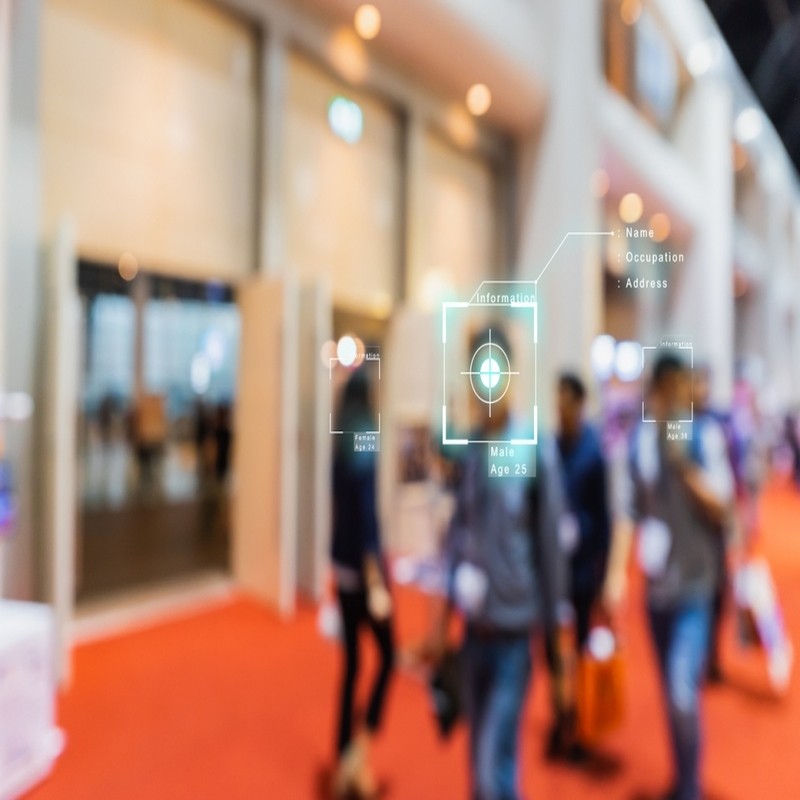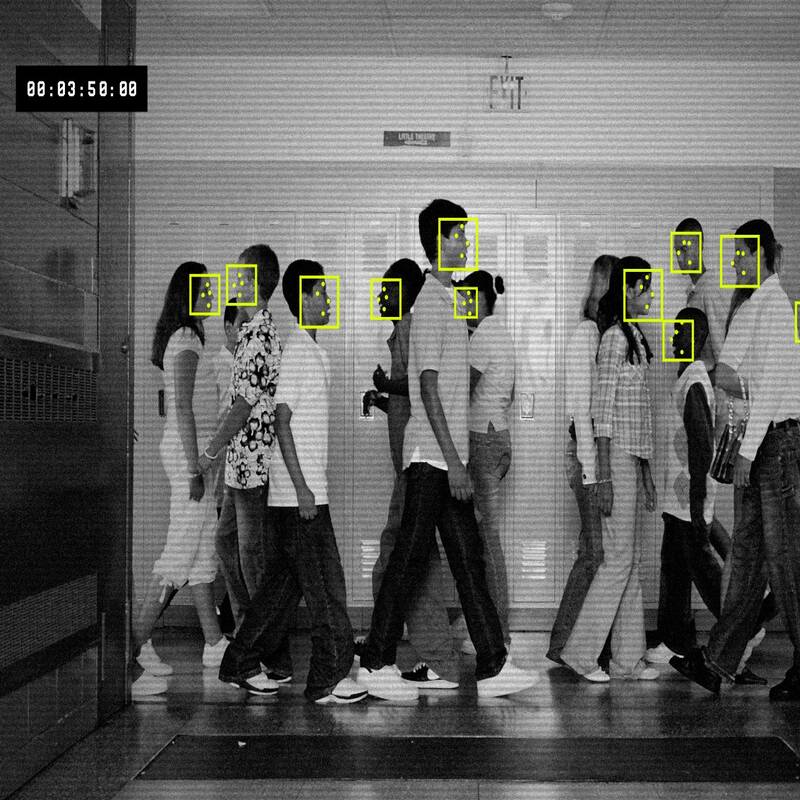Facial recognition technology is rapidly making its way into educational institutions. Schools are constantly exploring innovative ways to enhance security and streamline operations. This technology, however, raises significant ethical and logistical questions. Many educators and parents are torn between safety and privacy. As such, it becomes imperative to not only discuss its advantages but also the concerns it generates. This article delves into the various aspects of facial recognition technology in schools.
The Promise of Enhanced Security
Increased Safety Measures
One of the primary arguments for implementing facial recognition in schools is improved safety. By using this technology, schools can monitor who enters the premises. This capability allows for a more secure learning environment. For instance, suspicious individuals can be quickly identified. Consequently, school officials can take immediate action if necessary. This proactive approach offers peace of mind to parents and students alike. Additionally, schools can keep track of attendance more efficiently. By scanning faces instead of taking roll call, valuable time can be saved for educational activities.
Emergency Response Optimization
In times of crises, quick decision-making can save lives. Facial recognition can assist in identifying individuals during an emergency. For instance, in the unfortunate event of an active shooter situation, first responders can quickly identify potential victims. They can also ensure that everyone in the building is accounted for. This feature can facilitate faster police response. Thus, facial recognition technology can be a game-changer in emergency preparedness. Furthermore, it can track evacuations in real-time, ensuring that no student is left behind. Awareness of who is in a building can significantly enhance safety protocols.

The Privacy Conundrum
Ethical Implications
Despite its apparent advantages, facial recognition technology presents serious ethical issues. Many parents worry about unwarranted surveillance of their children. Schools operate in a delicate ecosystem of trust. However, constant monitoring may disrupt this equilibrium. Children may feel oppressed if they know they are always being watched. Indeed, ethical questions arise about informed consent. Are students and parents fully aware of how their data will be used? Transparency is essential for maintaining trust within the school community.
Data Security Risks
Moreover, the collection of biometric data raises significant concerns regarding data security. Schools may not have the infrastructure to handle such sensitive information safely. Cyberattacks are unfortunately all too common in today’s digital age. A breach could expose personal data, leading to identity theft or other malicious activities. Such outcomes are especially troubling when it comes to minors. Schools must, therefore, consider whether they can effectively protect the data they collect. The ethical question of whether potential benefits outweigh the risks remains central to this debate.
Legal Considerations
Regulatory Frameworks
Facial recognition technology is not currently regulated at a federal level in the U.S. Some states have implemented their own laws. However, these regulations are often inadequate. Laws must evolve to keep pace with emerging technologies. Ensuring compliance with privacy laws is essential for schools. Schools must navigate a complex legal landscape, balancing innovative technology with existing legal frameworks. Parents may also be concerned about potential legal liabilities. If sensitive data is leaked, who is responsible?
Consent and Disclosure
Another legal issue is the necessity of consent. Parents and guardians should be involved in the decision-making process. Some districts have adopted opt-in policies, while others have not. Transparency about how data is collected and used is crucial. Educational institutions must work diligently to outline their policies clearly. This includes providing parents with ample information about data storage methods.

Technological Implementation Challenges
Infrastructure Requirements
Implementing facial recognition technology is not as simple as pressing a button. Schools must invest in the necessary infrastructure. This includes high-quality cameras, software, and reliable servers. Also, regular maintenance and updates are essential for optimal performance. However, budget constraints often limit the resources available. Many schools already struggle to fund basic necessities. Thus, adding advanced technology may stretch financial resources even thinner.
Staff Training Needs
Furthermore, staff must be adequately trained to use facial recognition systems. It’s not enough to simply install the technology; personnel must understand how to operate it effectively. Mismanagement could lead to inaccuracies in identifying individuals. This could result in false alerts or unintentional exclusion of authorized personnel. Training programs can be time-consuming and costly, but they are necessary. Well-trained staff ensures not just smooth operation, but also compliance with ethical standards.
Community Reactions
Parental Concerns
Community responses to the implementation of facial recognition in schools vary greatly. Many parents express strong concerns over privacy issues. They fear that constant surveillance might infringe on their children’s rights. They worry about the implications of data collection practices. Questions about consent and the usage of data arise frequently. As a result, community forums are increasingly becoming platforms for discussion. Parents are utilizing these platforms to voice their concerns regarding potential misuses of technology.
Student Perspectives
Awaiting this debate are the students themselves, who have their own unique viewpoints. Many young people are digital natives and more accustomed to technology. However, they also express discomfort with constant surveillance. This generational gap presents a complex challenge for school administrations. It’s essential to create a dialogue that includes student voices. Allowing students to express their feelings can help schools gauge community sentiment accurately.
Comparisons with Other Technologies
Alternatives to Facial Recognition
While facial recognition technology offers potential benefits, it is not without alternatives. Other security measures include traditional ID card systems or biometric fingerprint systems. These alternatives do not rely solely on surveillance, thus addressing some privacy concerns. Moreover, systems using visitor logs can also improve security without invasive measures. Schools must consider a range of options to find what best suits their needs. Balancing transparency and effective safety measures is crucial.
The Role of AI and Machine Learning
Artificial intelligence (AI) and machine learning are blossoming fields, and they come with their own set of opportunities. Integrating AI and machine learning can offer better analytics and prediction capabilities. For instance, they can monitor behavioral patterns to preempt security issues. However, these technologies also come with their own ethical dilemmas. Could such monitoring lead to unjust profiling or discrimination? Therefore, exploring AI must involve an analysis of potential societal impacts.

Global Perspectives
International Use Cases
While the controversy surrounding facial recognition technology continues in the U.S., countries worldwide take varied approaches. In China, facial recognition has been widely adopted in schools. Authorities claim it enhances security and improves accountability. However, international human rights organizations have voiced serious concerns. They argue that such measures infringe on personal liberties and privacy.
Learning from Other Nations
Schools in Europe have often adopted a more conservative approach. Several nations implement strict regulations governing data collection and surveillance. They prioritize student privacy, creating benchmarks for responsible technology use. Thus, U.S. educators and lawmakers might have valuable lessons to learn from global counterparts. Collaborating on best practices could foster a healthier environment for students.
Future Outlook
Evolving Technologies
As technology continues to advance, so too will facial recognition systems. Emerging solutions may incorporate better privacy safeguards. Developers are already working on creating ethically sound frameworks that minimize data collection. The potential for innovation is immense; schools must remain informed. Keeping up with advances in technology is essential for responsible implementation.
Ongoing Debates
The debate will continue as schools weigh the benefits against the ethical implications. Conversations around data security, privacy, and community input will remain central. In addition, the societal impact of such technology will be continuously analyzed. Schools must remain adaptable, listening to the voices within their communities. A balanced approach will guide their decisions moving forward.
Conclusion
In conclusion, facial recognition technology in schools is a double-edged sword. On one hand, it promises enhanced security and operational efficiency. On the other hand, it raises ethical issues and privacy concerns that cannot be overlooked. Schools and communities must work together to navigate this complex landscape carefully. Transparency, consent, and robust legal frameworks are essential moving forward. Ultimately, the aim is to foster a safe and trusting educational environment where students can thrive.


